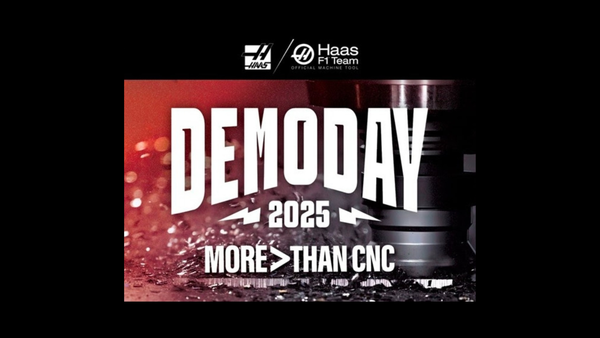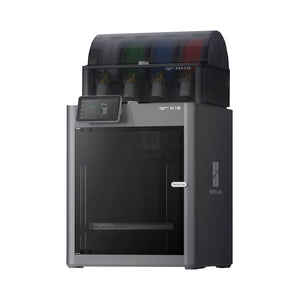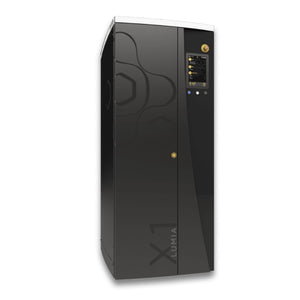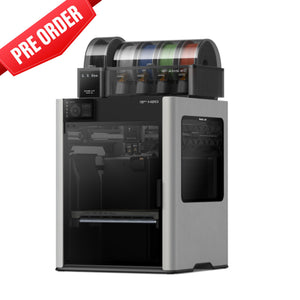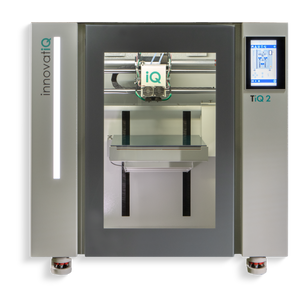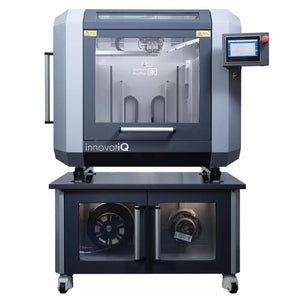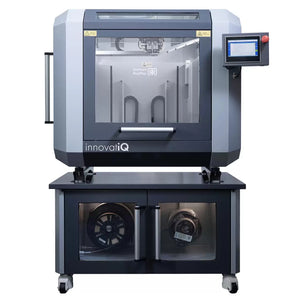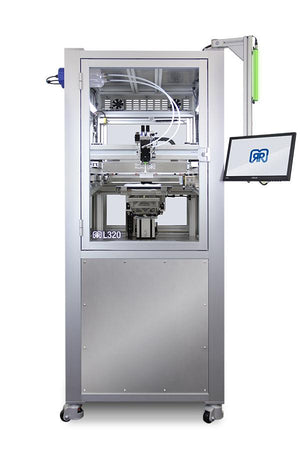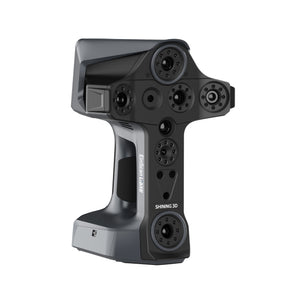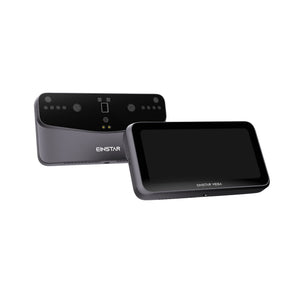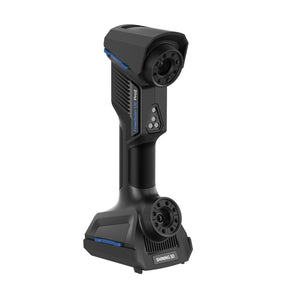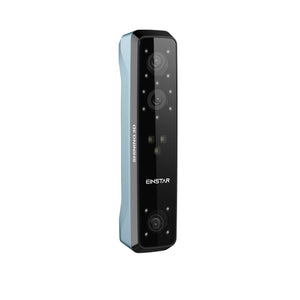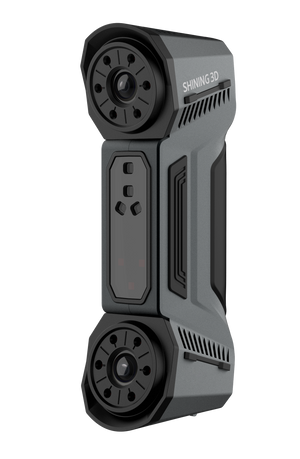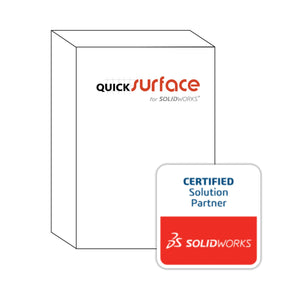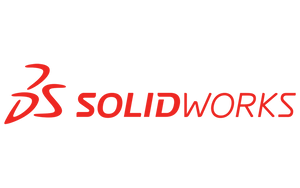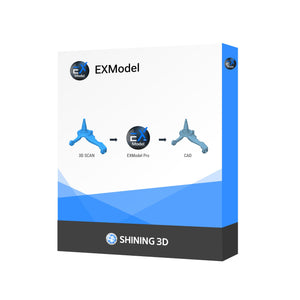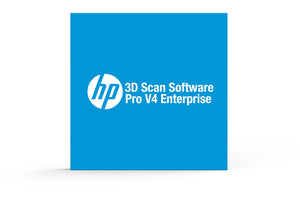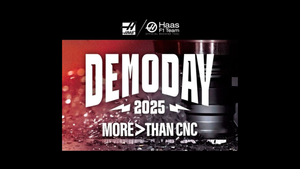Oct 24, 2025
Haas Demo Day Recap: Real Shop-Floor Additive Workflows

I was in Tampa at the Haas Demo Day hosted by HFO Trident Southeast earlier this week. I was there representing 3DChimera, and our partners from Shining3D were right beside us running live scanning demos. The FreeScan Combo+ pulled a crowd. A lot of people expected scanning to be slow or complicated, and were surprised to see how fast and simple it has become.
But the real conversations were not about technology. They were about production.
We kept hearing things like:
"Machine was down because we were waiting on a replacement part."
"Masking is slowing everything down."
"We want to automate, but getting custom trays or jaws is too slow."
So instead of talking about 3D printing as a general concept, we focused on practical workflows that remove bottlenecks on the shop floor.
What We Showed

We walked through several examples that all came from real shop problems:
1. Bridge-Production Parts
Scan a worn or broken part, reverse engineer it, and print a temporary functional replacement in fiber reinforced nylon. The goal is to keep machines running while the CNC team programs and machines the final version. Even if the printed part only lasts a few days, the uptime is worth it.
2. Printed Patterns for Investment Casting
We printed the same impeller using PolyCast. The material burns out clean during investment casting. This allows a near-net metal part to be produced quickly, then finished on the CNC. Useful when CAD does not exist or material is expensive.
3. Custom Part Trays for Robots and WIP
A simple but powerful one. Printed trays in a carbon fiber composite. Useful for robotic load and unload, kitting, packaging, and general organization. Quick turnaround. No machining time required. Predictable part presentation makes automation work better.
4. Printed Soft Jaws for Difficult Geometry
We designed soft jaws for an irregular impeller and printed them. The jaws dropped right into a standard vise. No CAM. No toolpaths. No delays. We printed these live at the event on the Bambu Lab X1E.
5. Printed Paint Masking Fixtures
We showed how a reusable printed mask can eliminate slow hand-masking steps. What takes 10-20 minutes with tape can take about 10 seconds with a printed mask. This can turn 25 parts per day output into 100 parts per day output without changing equipment or staffing.
Why This Resonated
Every shop understands one truth: Your throughput is limited by the slowest step in your process.
Additive is a tool for removing the slow steps. Not replacing CNC. Not changing how shops work. Just keeping production moving, consistently.
We Also Talked About Equipment
A lot of people already own consumer 3D printers. The Bambu P1S and X1C are great personal machines, but production is about uptime.
Our professional printers like the Bambu Lab X1E and H2D Pro come with:
- Guaranteed parts availability for three years
- Three levels of support plans
- Optional hot swap if a printer goes down
This is what matters when the printer is part of the production process, not a side project.
Where We Take This Next
There was a lot of interest in turning additive into a repeatable workflow, not a novelty. Many shops asked us to help:
- Identify bottlenecks
- Design the parts or tools
- Verify performance
- Preload ready-to-run jobs on the printer
This lets the printer become something like a vending machine for the parts the shop already needs. No guesswork. No reinventing your process every time.
New Blog Series Starting Next Week
This post is the overview. Over the next several weeks, we will go deeper into each of these workflows with real examples:
- Bridge-production replacement parts
- Casting patterns
- Custom part and robot trays
- Printed soft jaws
- Printed masking fixtures
- Choosing the right 3D printer for production
- How our turnkey workflow support works
If you want to follow the series, message me (alex@3dchimera.com) with the word Series and I will send each new article as it comes out.

